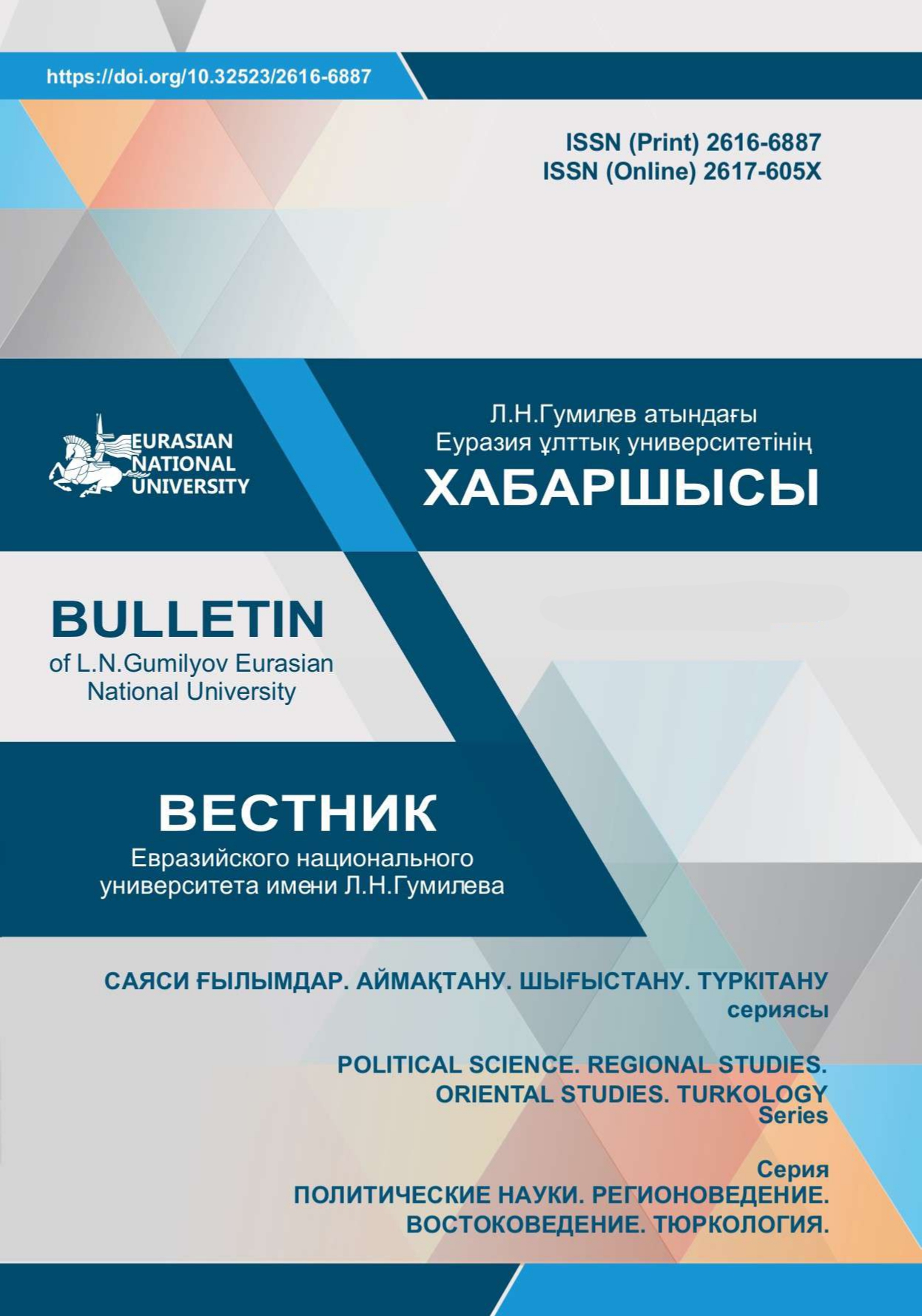Features of educational migration of Chinese youth
Views: 96 / PDF downloads: 96
Keywords:
migration, student migration, youth, China, higher education institution, coronavirus.Abstract
Migration or the movement of people from one region to another has been going on for
centuries. At the same time, educational migration is a relatively new form of migration, whose roots
go back to the time when the countries of Asia and Africa were under colonial rule. A limited number
of young people were selected to study in the higher educational institutions of the cities of the
Empire, with the aim of their further work in the administrative centers of the colonies.
Often, studying abroad is seen as a step towards migration in the future. International students,
especially from developing countries, often stay in the host country after graduation. A foreign degree
is often seen as an investment in finding a job after graduation, either in the host country or at home.
Many host countries are interested in hiring talented foreign young people who have graduated from
their universities.
The article examines the dynamics of educational migration of Chinese students and the impact of
the threat of the spread of the "coronavirus" on student migration from China. China is one of the
leading countries that send students to study abroad. By the end of the last decade, the number of
Chinese students abroad had become the largest group of international students in the world.
The coronavirus outbreak has had a major impact on the mobility of international students.
Australia, New Zealand, the US and Singapore were among the countries that have banned foreigners
from leaving China since early February 2020, while thousands of Chinese students have returned to
China.
Downloads
Published
How to Cite
Issue
Section
License

This work is licensed under a Creative Commons Attribution-NonCommercial-NoDerivatives 4.0 International License.







